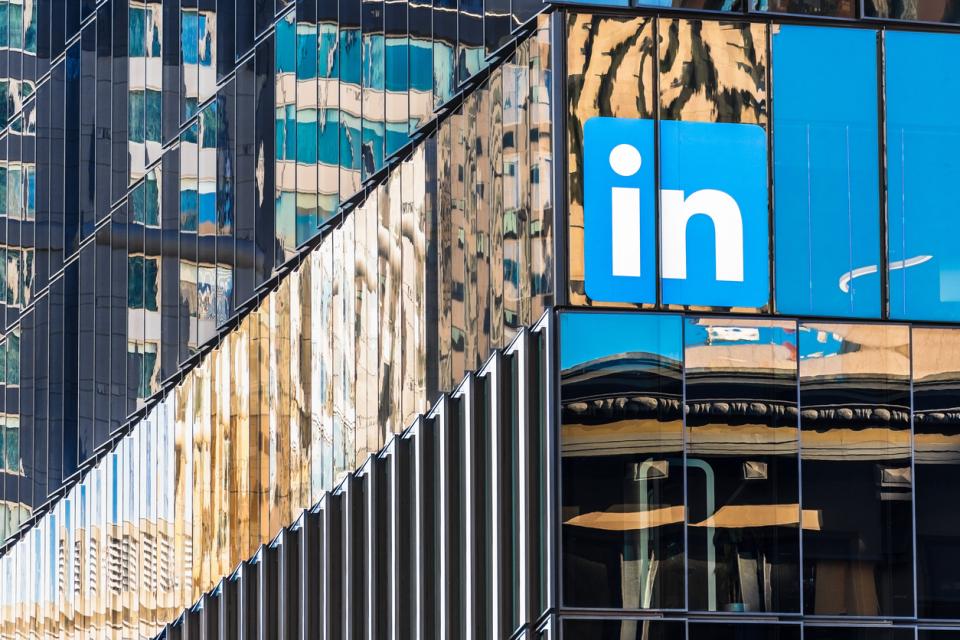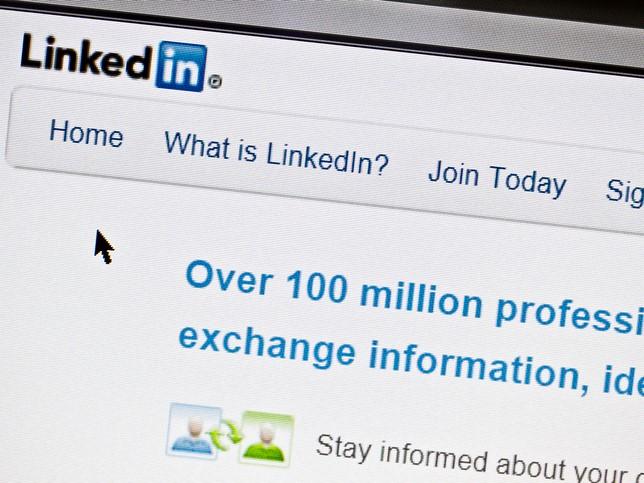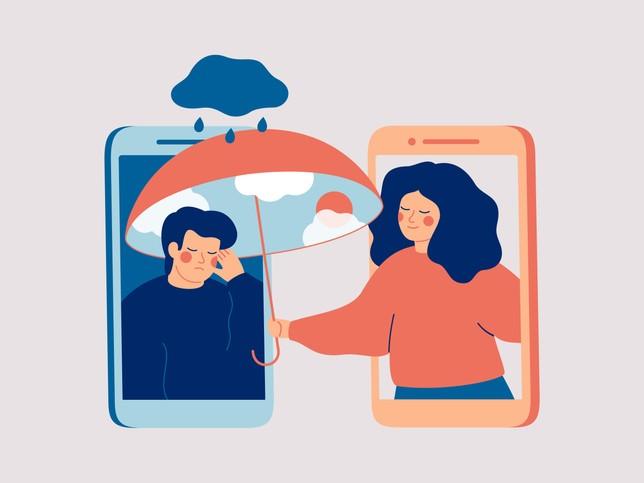LinkedIn is a great tool for disseminating research, enhancing impact and keeping up to date with fellow researchers. It is simple to use. However, for many of us, talking about our own achievements might feel like shameful self-promotion. This, coupled with a lack of time makes engaging with the platform seem like a real chore. Here, we offer seven tips to help academics nail this vital skill.
Decide what you want to be known for
Your digital presence is visible to a large audience at all times. So think about what type of impression you want to create with your online communications. To answer this question, think about how you want others to view you. Here are some ideas to help get you started:
- Write down three words that represent your core values
- Ask colleagues, friends and family what they believe you stand for
- Take an online personality test
- Conduct a strengths, weaknesses, opportunities and threats (SWOT) analysis.
Each of these activities can reveal a different picture. Try more than one and use the collective results to create a balanced overview of your professional self. This will help to inform how you communicate online.
Decide on your headline
Your headline (or tagline) is a very brief snapshot of how you want people to experience or know you online, in other words a summary of the ideas we described above. In essence, it is your personal brand. Keep it clear and succinct and remember that your keywords will change over time. Here are some examples of how you might structure it:
- Marketing professor, thought leader, consultant, influencer
- Careers consultant | fitness instructor | MBA student | FHEA
- Marketing academic
- Systems thinker, sustainability do-er.
Start small
If you are new to LinkedIn, getting started can be intimidating and you might not know where to begin. It can sometimes be easier to engage with other people’s content before creating your own. Start by:
- Creating an account
- Filling in your profile
- Connecting with known colleagues and following relevant organisations/pages
- Liking or commenting on somebody else’s post
- Resharing somebody else’s post, with or without adding your own comments
- Creating your own post – for example, a picture from an event or a link to an interesting article.
Not sure how to talk about your achievements? Consider how you can offer value to your audience. Try these suggestions:
- You won a grant: talk about the application process and lessons learned
- Your paper was accepted for publication: talk about the main findings in simple language or write about lessons from the review process
- You presented at a conference: consider summarising the key themes or posting about what the future of your discipline looks like based on ideas from the conference
- You published a book: talk about the writing and publishing process. Share a teaser idea, then signpost to the book. Discuss the main ideas and implications
- You received a fantastic testimonial: share, celebrate and talk about the students/colleagues/clients’ achievements.
Here’s a real example from anthropologist Julio D’Angelo Davies:
“When I posted a recent blog piece about the Carnival festival in Brazil on my LinkedIn profile, I briefly explained how it was connected to the current ERC research project I work on, which involves sociological and historical research on sex work, freedom and modern/transatlantic slavery. I avoided using academic jargon and wrote it in a simple and journalistic style to attract more viewers.”
Engage once or twice a week
You don’t need to be on LinkedIn all the time, but do engage on a regular basis. Once or twice a week is often sufficient. Try these strategies:
- Put a couple of short “sessions” in your work calendar each week to engage with LinkedIn
- A session could simply include sharing an achievement or reposting an article from an organisation you follow (see below) and adding your thoughts
- Your session could also be checking that your profile is up to date. Perhaps you’ve started doing some teaching and you could update the experience section of your profile to reflect this.
- Resource collection: Social media: how to make it an academic friend not foe
- LinkedIn is quickly becoming academia’s key tool for career progression
- The 10 commandments of academic Twitter
Follow relevant groups and organisations
LinkedIn allows you to follow groups, organisations, national research councils and even individuals, much like you might on social media platforms. Based on your interests it can keep you up to date with the very latest developments in your professional community. Use LinkedIn to follow the thought leaders in your field. It will help keep you informed of:
- What projects your industry’s leaders are involved in
- The latest news and current thinking in your professional community
- Any new opportunities advertised by groups or organisations you are interested in, such as funding, jobs, conferences, workshops and so on.
Following relevant research and industry and sector bodies offers gateways to networking opportunities. It is also a great way to support small groups or promising start-up companies, especially those with specific and highly specialised interests.
Connect with colleagues
Always make sure you connect with the researchers and academics you already work and collaborate with. You can also do the following:
- If you go to a conference and meet research or industry colleagues with similar interests, invite them to connect. You can even use the LinkedIn app to connect on the spot by generating a profile QR code.
- If you meet a cross-disciplinary colleague in a meeting or someone with expertise in your field, or perhaps you spot someone on X/in a journal/on a blog, it’s always a good idea to connect on LinkedIn. At the very least, make sure you follow them.
No network is too small or too big. Be ambitious and aim for 500 carefully considered and curated connections in your professional circle.
Some final thoughts
LinkedIn is an excellent tool for connecting with colleagues, communicating ideas and encouraging collaborations. With a bit of effort, anyone can use it effectively. We hope this article will help you feel more confident and empowered to harness the power of this platform to grow your networks and professional visibility.
Rushana Khusainova (School of Management), Julio D’Angelo Davies (School of Sociology, Politics and International Studies), Hannah Robinson (Bristol Medical School), Chris Bennett (School of Engineering Mathematics and Technology), Imad Faruque (School of Physics), Lucy Wallis (Population Health Sciences) and Jacks Bennett (Population Health Sciences) work at the University of Bristol.
If you would like advice and insight from academics and university staff delivered direct to your inbox each week, sign up for the Campus newsletter.




comment